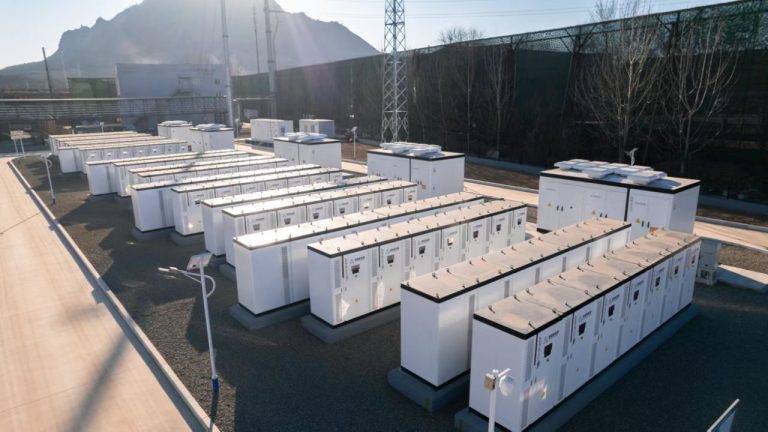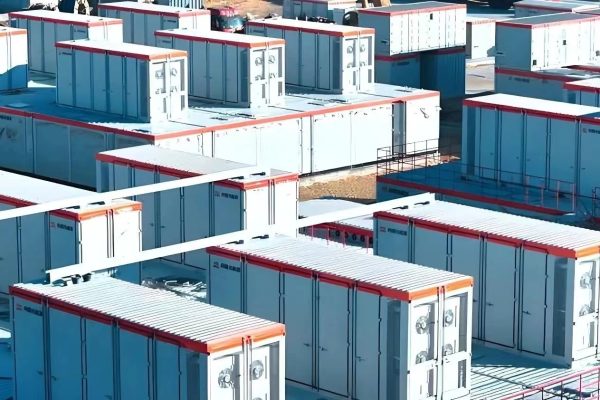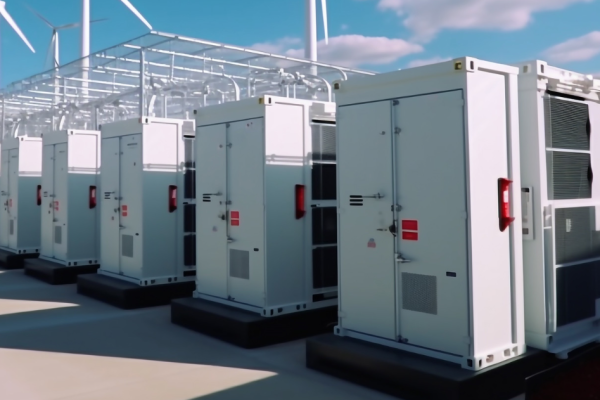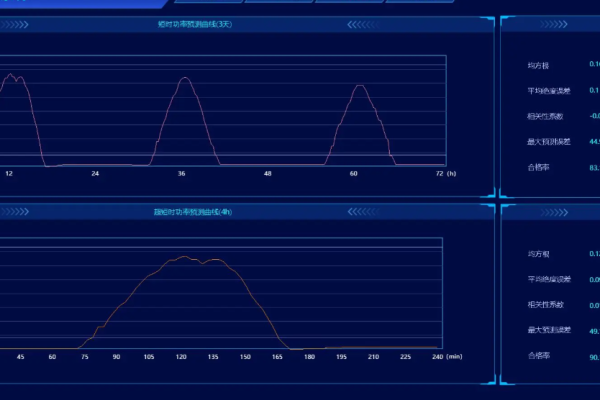Best Practices for Safe PV + Storage Installations in Commercial and Industrial Settings
1. Why Fire and Arc Protection Is Essential in Integrated PV + Storage Systems
As solar and battery energy storage systems (BESS) become more widely deployed in commercial and industrial (C&I) environments, safety becomes a critical concern—especially when systems are installed in:
- Densely populated buildings
- Temperature-sensitive storage facilities
- High-value commercial properties
Integrated systems that combine solar, battery storage, and power electronics increase the risk of thermal events, particularly DC arc faults and battery fires. As voltage, current, and component density increase, so does the potential for dangerous conditions if not properly managed.
To ensure safe and reliable operation, integrators must proactively implement fire prevention, arc fault detection, and system-level protection strategies.
2. Key Fire and Arc Hazards in Integrated Systems
Understanding where risks arise helps guide design:
⚡ DC Arc Faults
- Caused by loose connections, cable degradation, or faulty insulation
- Most common in high-voltage DC (e.g., >600V) PV arrays
- Can reach temperatures over 3,000°C, igniting nearby materials
🔋 Battery Thermal Runaway
- Triggered by overcharging, short circuits, or internal cell damage
- Results in intense heat, smoke, gas release, and potential explosion
- Especially concerning with lithium-ion systems
🔥 Combustible Materials
- Plastic casings, cable sheathing, and battery housing can fuel fire spread
- In poorly ventilated areas, fires can accelerate quickly
⚠️ Human Error
- Improper wiring, undervalued fuses, and poor installation practices
- Inadequate isolation between AC, DC, and battery components
3. Regulatory Framework and Standards
Designers must comply with key safety codes, including:
- NEC 2020 (US): Article 690 (PV), 706 (ESS), includes arc fault protection requirements
- IEC 63027, IEC 62933: International safety standards for BESS
- NFPA 855: Installation of stationary energy storage systems
- UL 9540 / UL 9540A: Safety standards for battery systems and fire propagation tests
📌 Tip: Always consult your local authority having jurisdiction (AHJ) or electrical inspector before finalizing system design.
4. Fire Prevention Strategies in PV + Storage Design
✅ Use Arc-Fault Detection Devices (AFDDs)
- Required by code in many jurisdictions
- Detect and interrupt arc faults before ignition
- Must be rated for the system’s max voltage and current
✅ High-Quality Wiring and Terminations
- Use PV-rated cables with flame-retardant insulation
- Ensure proper crimping and torque settings on connectors
- Avoid cable slack and maintain physical separation between conductors
✅ Proper Battery Housing and Ventilation
- Use UL 9540-listed enclosures
- Include thermal sensors and active cooling or ventilation
- Battery cabinets should be separated from high-voltage AC gear
✅ Isolation and Disconnects
- Install accessible DC disconnects and rapid shutdown devices (RSDs)
- Segregate DC, AC, and battery circuits to reduce risk propagation
- Use fire-rated cable trays where required
5. Arc Fault Protection in Inverters and Combiner Boxes
Modern inverters and DC combiners offer built-in protections such as:
| Feature | Description |
|---|---|
| AFCI (Arc Fault Circuit Interrupter) | Detects series arc faults on PV strings |
| Ground Fault Protection | Disconnects system on ground leakage detection |
| Remote Shutdown | Allows rapid de-energizing during emergencies |
| Smart Monitoring | Detects abnormal voltage drops or temperature rises |
📌 Best Practice: Choose inverters compliant with NEC 690.11 for arc fault protection in rooftop or ground-mount systems.
6. Battery Fire Risk Mitigation Techniques
🔋 BMS (Battery Management System) Features
- Voltage, current, and temperature monitoring
- Individual cell balancing
- Overcharge and short-circuit protection
🔥 Fire Suppression Systems
- Aerosol systems or clean-agent extinguishers (e.g., FM-200)
- Integrated smoke/heat sensors within battery cabinets
- Automatic fire containment with thermal cutoff relays
🧯 Fire-Resistant Enclosures
- Metal or ceramic battery housing with flame barriers
- Separation between battery strings and electronics
- Designed to contain or slow down thermal runaway
7. Emergency Response & Maintenance Planning
Having a response plan is as critical as the design itself.
📖 Create a Site-Specific Safety Manual
- Emergency contact info
- Shutdown and isolation procedures
- Battery specs and chemical safety data
🚒 Train Local Fire Authorities
- Share battery location and shutdown protocols
- Provide access keys and remote shutdown procedures
- Conduct fire drills or walkthroughs during commissioning
🛠️ Scheduled Maintenance
- Regular torque checks on terminals
- Infrared scans for hot spots
- Battery health audits (especially for aging Li-ion systems)
8. Designing for Insurance and Compliance
Insurers and AHJs may require:
- UL 9540A test reports (for thermal runaway risk)
- Smoke and heat sensors in equipment rooms
- Restricted access to battery/storage areas
- Fire suppression rated for electrical fires
Failing to meet these requirements can delay commissioning and increase premiums.
9. Case Study: Arc Protection in a 100kW PV + 200kWh BESS
Application: Cold storage facility with rooftop PV and battery backup
Design Features:
- DC AFCI built into 3-phase inverter
- Battery housed in UL 9540A-tested cabinet with temperature sensors
- Clean-agent fire suppression and exhaust fans in battery room
- BMS linked to site EMS with remote shutdown capability
Results:
- AHJ approved system in first inspection
- Customer received 15% lower insurance premium
- System automatically isolated fault during a failed cable insulation incident—no damage, no downtime
10. Prioritize Safety, Not Just Performance
In integrated systems combining PV, BESS, and grid-tied inverters, fire and arc protection is non-negotiable. It protects:
- People: Staff, customers, and first responders
- Assets: Equipment, buildings, and stored goods
- Business: Reputation, uptime, and insurance eligibility
Smart integrators don’t just build systems that work—they build systems that last safely.
Need help designing a code-compliant and fire-safe integrated energy system? Our team can assist with component selection, system layout, and local compliance consultation.









